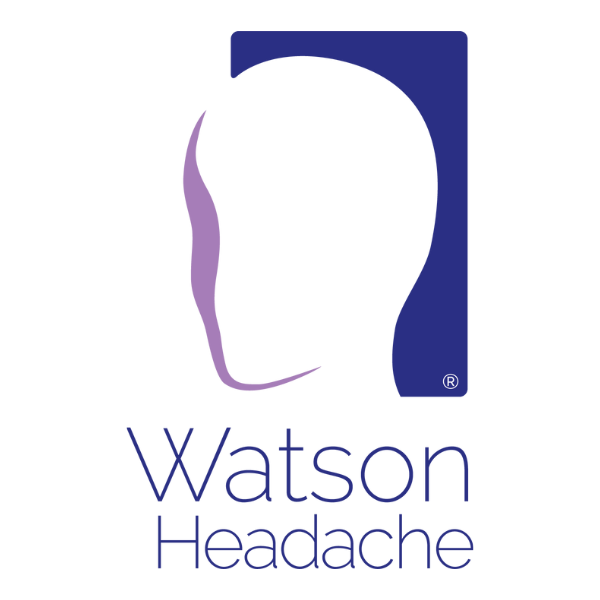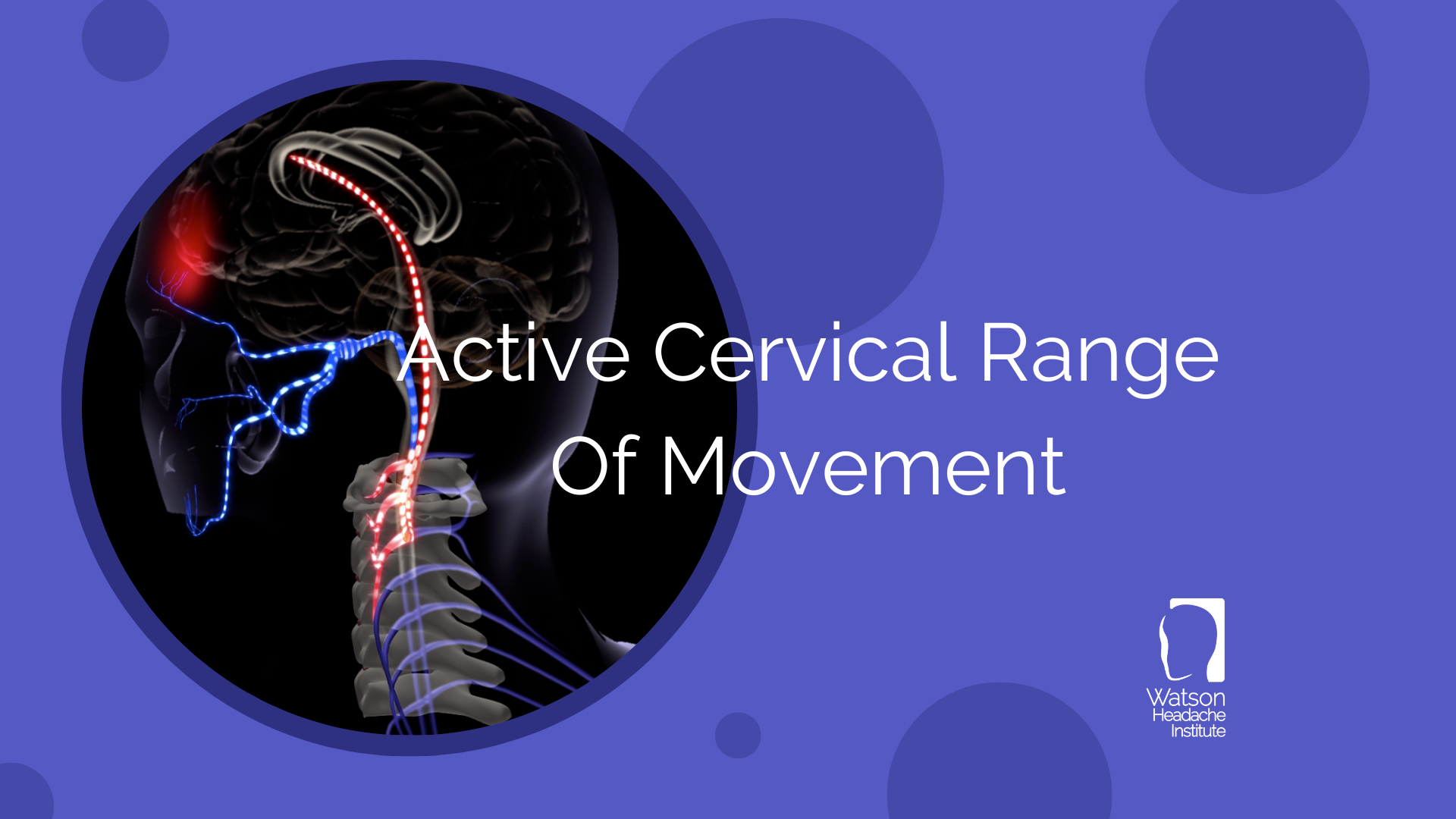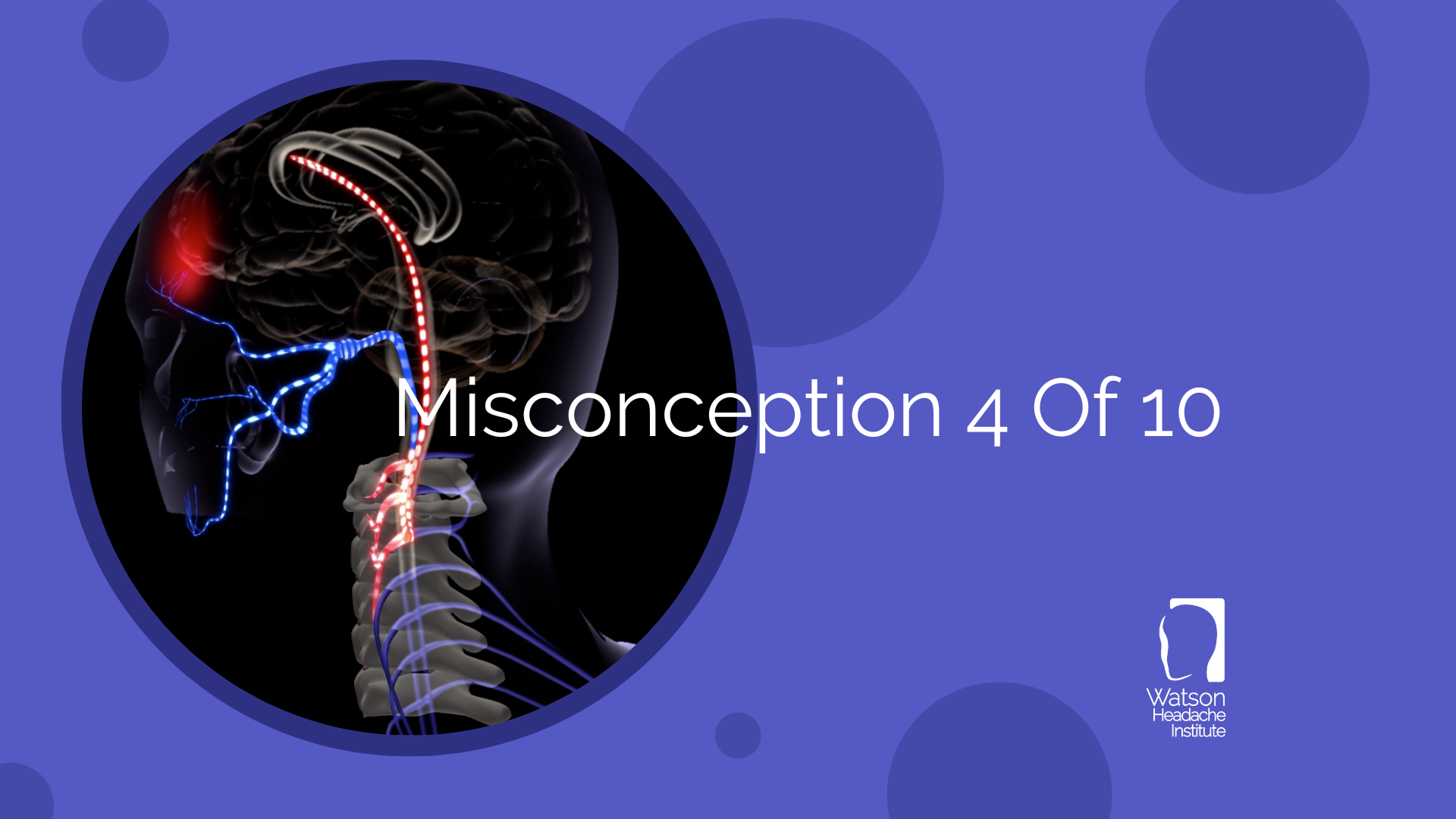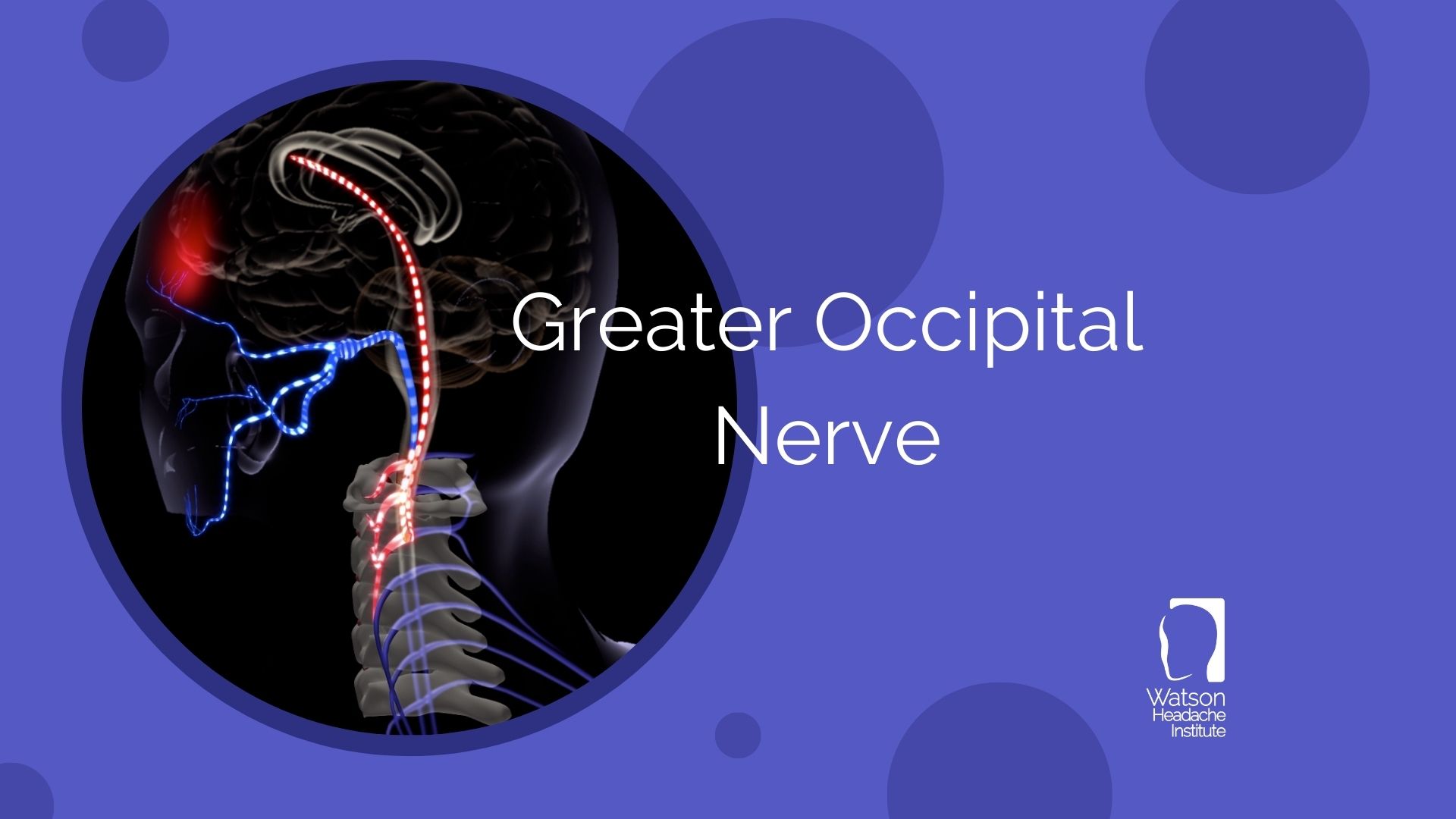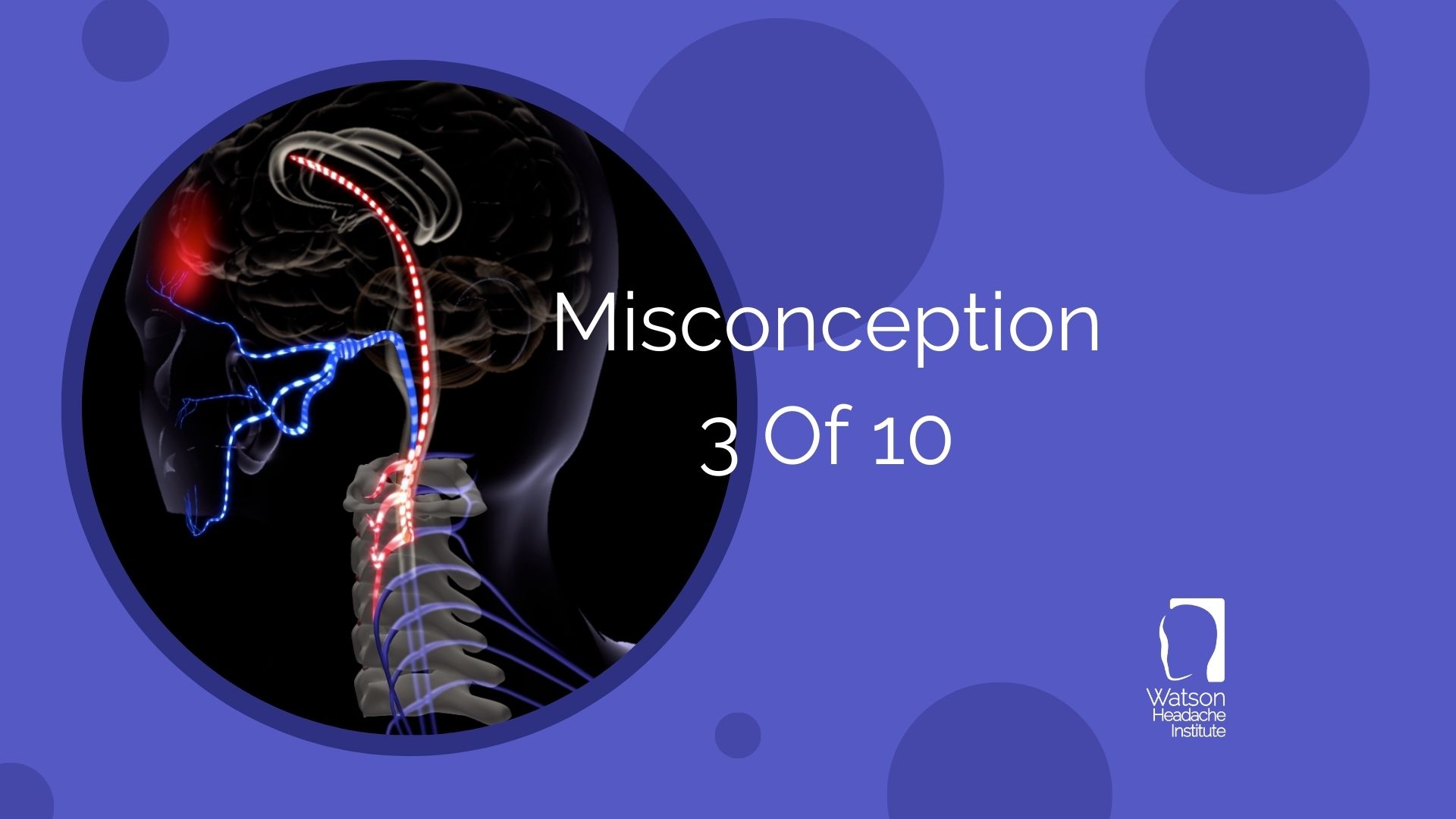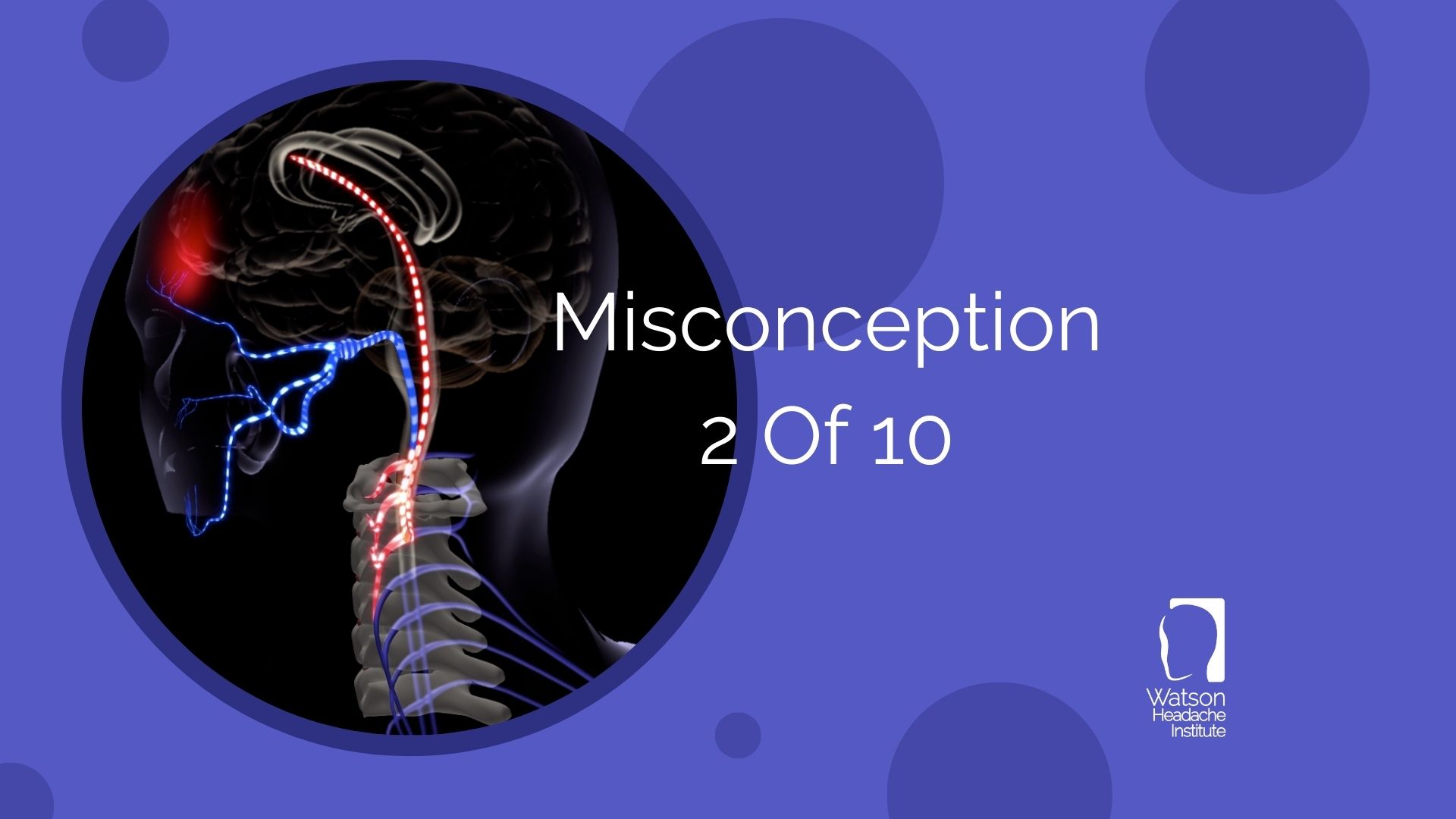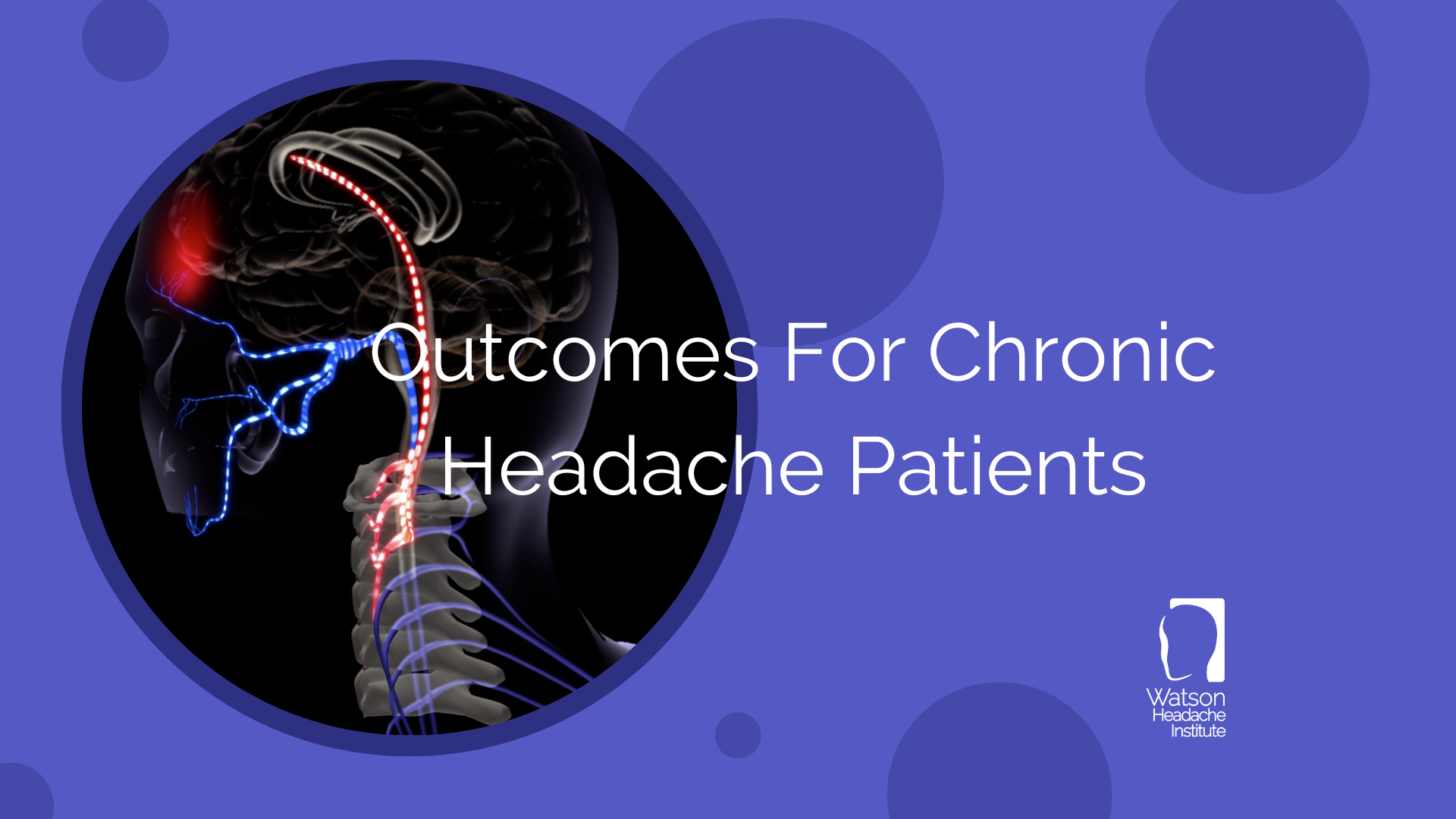
Outcomes For Chronic Headache Patients
Psychosocial Factors Are Not Instrumental For decades, studies focusing on personality and psychological profiles of those with migraine have dominated journals. The end result suggests that depression and anxiety is increased among migraineurs,1 and a strong correlation between pathological personality and migraine.2 I was intrigued and bemused by a recent study demonstrating that those with
